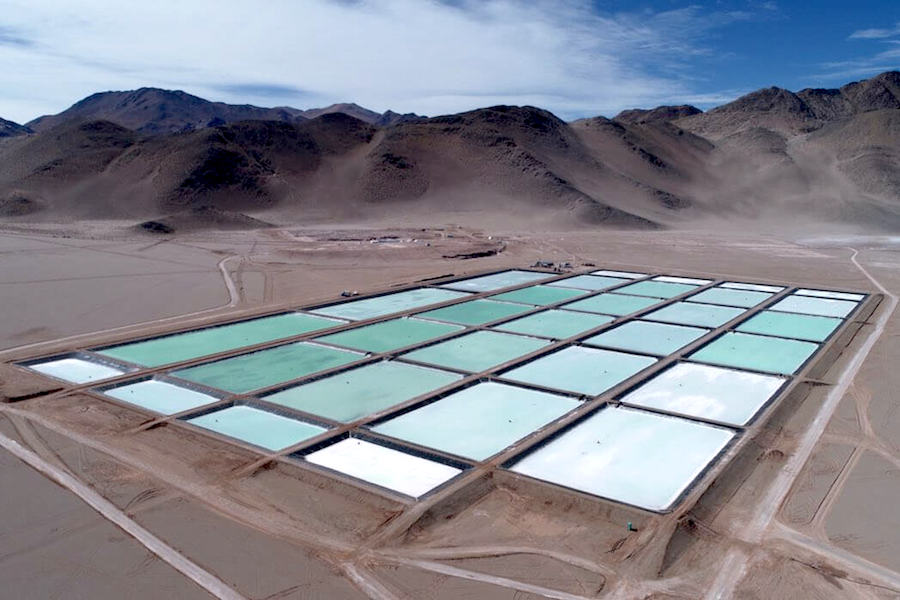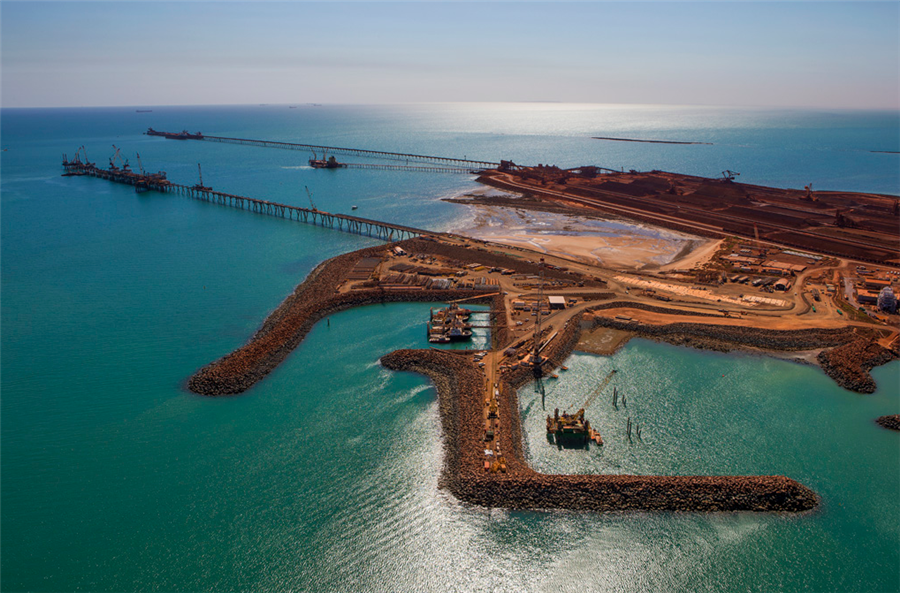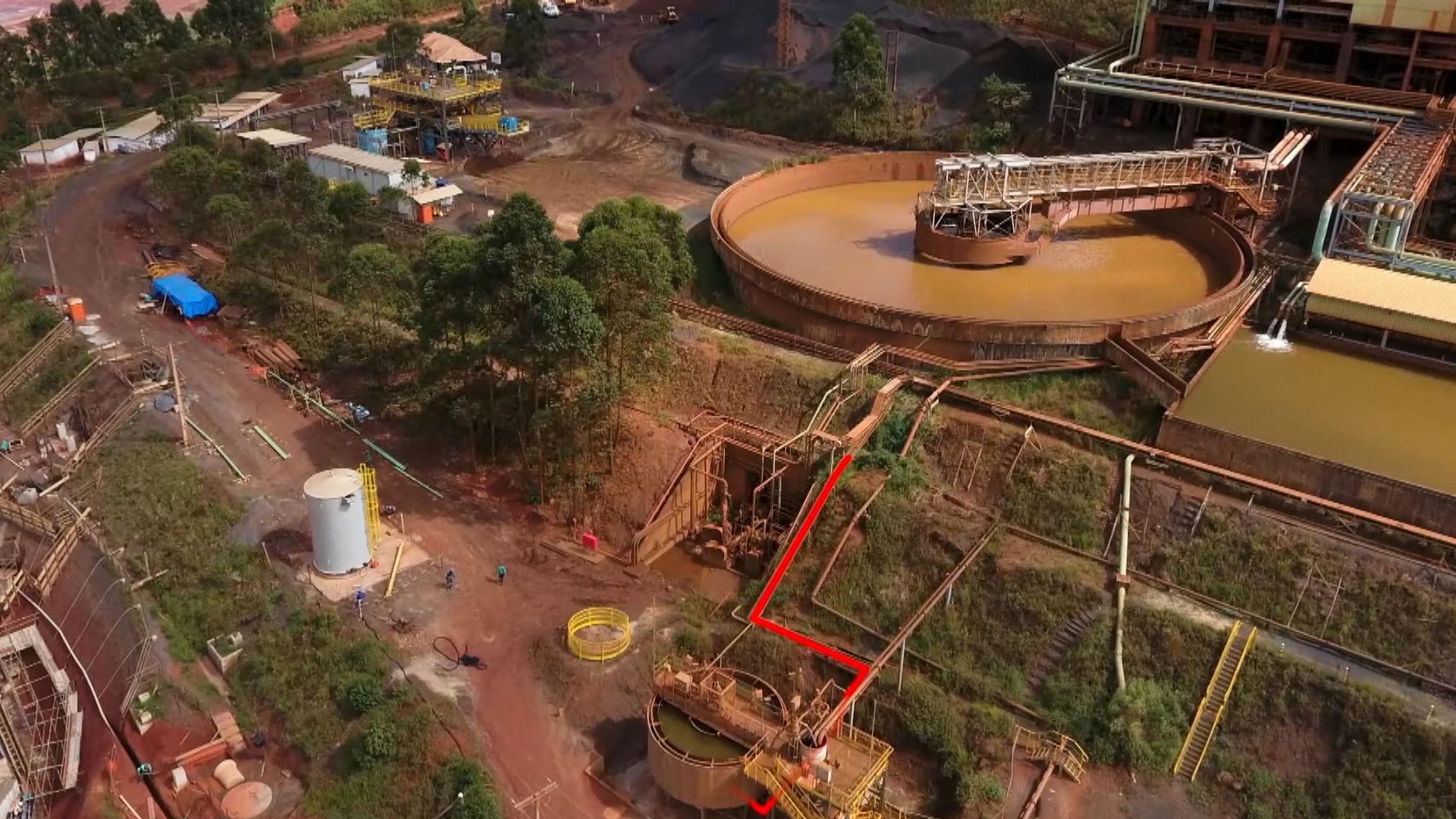Galaxy Resources lifts resource estimates at Sal de Vida

Australian lithium miner Galaxy Resources on Wednesday raised resource estimates for its Sal de Vida brine project in Argentina after fresh wellfield drilling.
The drilling started in late 2020 to add eight production wells at the project, with the first two completed. Fresh resource and reserve estimates are expected in the third quarter of the year.
The Sal de Vida deposit lies in the so-called “lithium triangle” that includes areas in Chile, Bolivia and Argentina.
The production capacity for Stage 1 production, which is slated to start in late 2022, is 10,700 tonnes per annum
Galaxy, which also has mines in Australia and Canada, said the two wells achieved higher average lithium grades, and saw a 27% increase in brine resource estimates to 6.2 million tonnes and a 13% rise in reserves to 1.3 million tonnes.
Galaxy shares were up as much as 5.2% to A$3.43 – their highest since 2018.
The miner, which just completed a feasibility update for the project, is aiming to produce around 32,000 tonnes of battery-grade lithium carbonate a year at a cost of $466 million.
“Technical and financial outcomes at Sal de Vida are very positive and confirm that it will be a globally competitive, low cost producer of battery grade lithium carbonate,” Chief Executive Officer Simon Hay said.
The production capacity for Stage 1 production, which is slated to start in late 2022, is 10,700 tonnes per annum at a developmental capital cost estimate of $153 million.
Galaxy raised $118 million in November to partly fund the development of the Sal de Vida project and James Bay lithium pegmatite project in Canada.
($1 = 1.3079 Australian dollars)
(By Tejaswi Marthi and Nikhil Kurian Nainan; Editing by Shailesh Kuber)
More News
Rio Tinto posts lowest Q1 iron ore shipments since 2019, tempers forecast
April 15, 2025 | 03:55 pm
Trump orders tariff probe on all US critical mineral imports
April 15, 2025 | 03:16 pm
{{ commodity.name }}
{{ post.title }}
{{ post.date }}




Comments